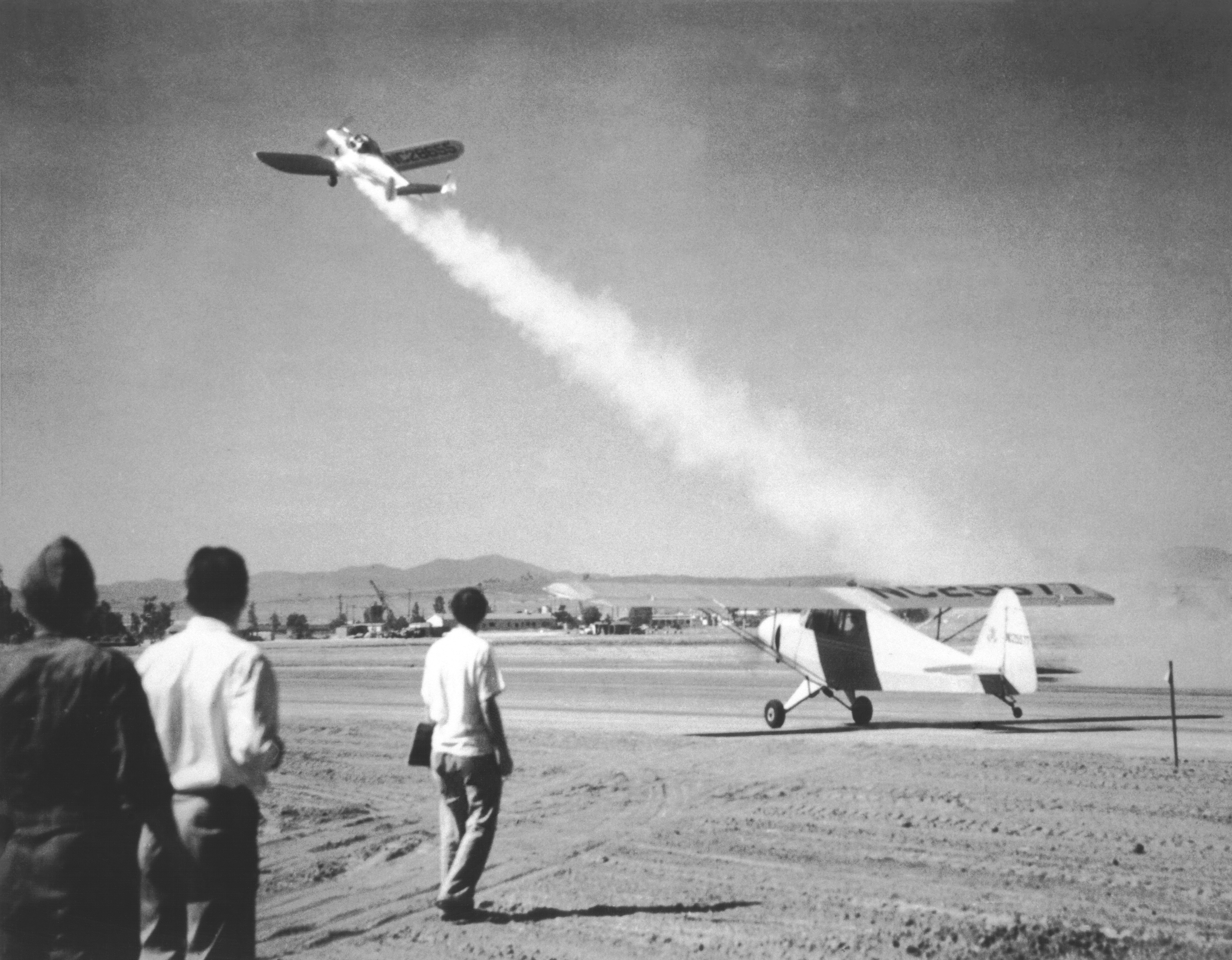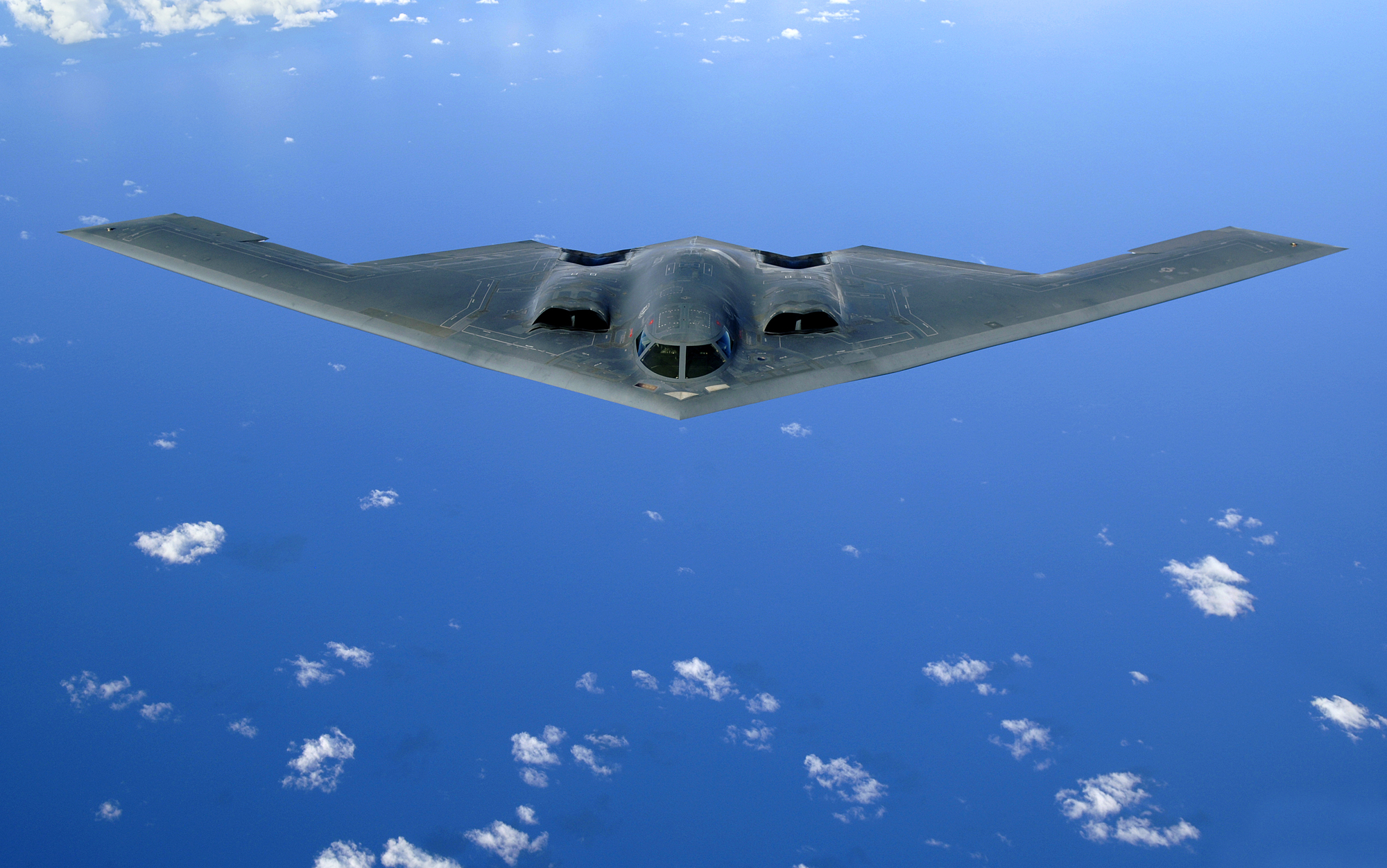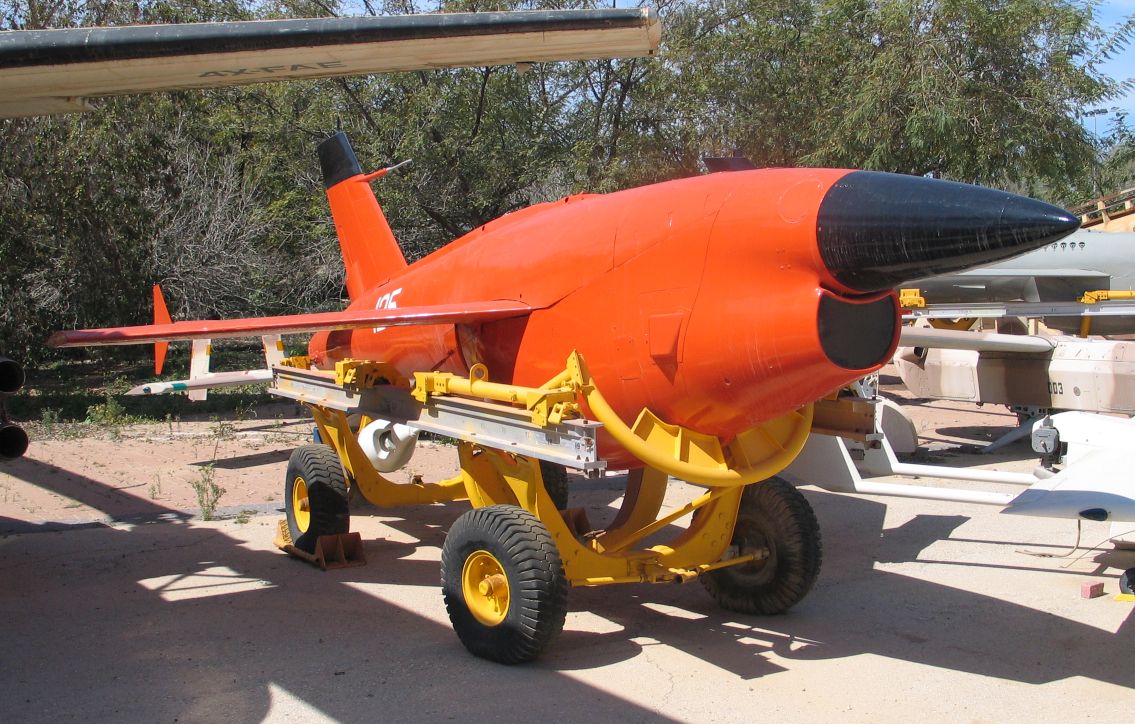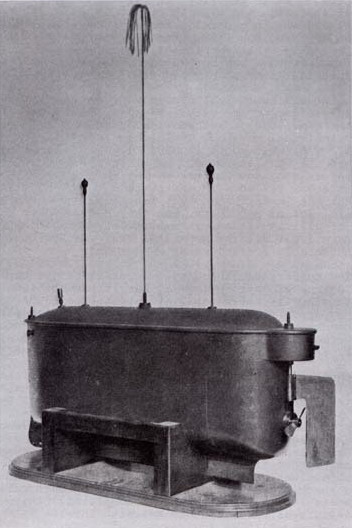|
BQM-74
The BQM-74 Chukar is a series of aerial target drones produced by Northrop. The Chukar has gone through three major revisions, including the initial MQM-74A Chukar I, the MQM-74C Chukar II, and the BQM-74C Chukar III. They are recoverable, remote controlled, subsonic aerial target, capable of speeds up to Mach 0.86 and altitudes from 30 to 40,000 ft (10 to 12,000 m). Description The BQM-74E is propelled during flight by a single Williams J400 (J400-WR-404) turbojet engine, which produces a maximum thrust of 240 pounds force (1068 N) at sea level. The BQM-74 is launched from a zero length ground launcher utilizing dual Jet Assisted Takeoff (JATO) bottles. When equipped with an air launch kit, the BQM-74 can be air launched from a TA-4J, F-16, Grumman Gulfstream I or DC-130 aircraft. The BQM-74 is used primarily as a realistic aerial target, capable of simulating enemy threats for gunnery and missile training exercises. Drones are capable of being recovered following a t ... [...More Info...] [...Related Items...] OR: [Wikipedia] [Google] [Baidu] |
JATO
JATO (acronym for jet-assisted take-off) is a type of assisted take-off for helping overloaded aircraft into the air by providing additional thrust in the form of small rockets. The term ''JATO'' is used interchangeably with the (more specific) term RATO, for ''rocket-assisted take-off'' (or, in Royal Air Force, RAF parlance, RATOG, for ''rocket-assisted take-off gear''). Early experiments and World War II In 1927 the Soviet research and development laboratory Gas Dynamics Laboratory developed solid-propellant rockets to assist aircraft take-off and in 1931 the world's first successful use of rockets to assist take-off of aircraft were carried out on a :ru:У-1, U-1, the Soviet Union military aircraft designation systems, Soviet designation for a Avro 504 trainer, which achieved about one hundred successful assisted takeoffs. Successful assisted takeoffs were also achieved on the Tupolev TB-1. and Tupolev TB-3 Heavy Bombers. The official test of the Tupolev TB-1 in 1933 shorten ... [...More Info...] [...Related Items...] OR: [Wikipedia] [Google] [Baidu] |
Northrop Grumman
Northrop Grumman Corporation is an American multinational aerospace and defense technology company. With 90,000 employees and an annual revenue in excess of $30 billion, it is one of the world's largest weapons manufacturers and military technology providers. The firm ranks on the 2022 ''Fortune'' 500 list of America's largest corporations. Northrop Grumman and its industry partners have won the Collier Trophy eight times, most recently for developing the X-47B, the first unmanned, autonomous air system to operate from an aircraft carrier. Northrop Grumman currently leads the development of the B-21 Raider, a long-range, stealth strategic bomber that can drop conventional and nuclear weapons; it will replace Northrop's own B-2 Spirit, the world's only known stealth bomber. Among its other current projects are development and production of the James Webb Space Telescope, an orbiting observatory launched in 2021, and production of the solid rocket boosters for NASA's Space ... [...More Info...] [...Related Items...] OR: [Wikipedia] [Google] [Baidu] |
Target Drone
A target drone is an unmanned aerial vehicle, generally remote controlled, usually used in the training of anti-aircraft crews. One of the earliest drones was the British DH.82 Queen Bee, a variant of the Tiger Moth trainer aircraft operational from 1935. Its name led to the present term "drone". In their simplest form, target drones often resemble radio-controlled model aircraft. More modern drones may use countermeasures, radar, and similar systems to mimic manned aircraft. More advanced drones are made from large, older missiles which have had their warheads removed. In the United Kingdom, obsolete Royal Air Force and Royal Navy jet and propeller-powered aircraft (such as the Fairey Firefly, Gloster Meteor and de Havilland Sea Vixen used at RAE Llanbedr between the 1950s and 1990s) have also been modified into remote-controlled drones, but such modifications are costly. With a much larger budget, the U.S. military has been more likely to convert retired aircraft or olde ... [...More Info...] [...Related Items...] OR: [Wikipedia] [Google] [Baidu] |
Williams International
Williams International is an American manufacturer of small gas turbine engines based in Pontiac, Michigan, United States. It produces jet engines for cruise missiles and small jet aircraft. History Dr. Sam B. Williams worked at Chrysler on their automotive turbine systems, but always imagined a wider set of applications for the small gas turbine engine. He left Chrysler to form Williams Research Corporation in Birmingham, Michigan in 1954. In 1981, the company became Williams International. It has been building small turbofan engines since the 1950s for use in cruise missiles as well as target and reconnaissance drones. Using the missile engines, Williams developed a series of personal VTOL flying craft, including a jet-powered belt in 1969, the Williams Aerial Systems Platform (WASP), also known as the "flying pulpit" in the 1970s, and the X-Jet, which was evaluated by the United States Army in the 1980s.Kocivar, Ben.Turbofan-powered flying carpet ''Popular Science'', Sept ... [...More Info...] [...Related Items...] OR: [Wikipedia] [Google] [Baidu] |
Vectored Thrust
Thrust vectoring, also known as thrust vector control (TVC), is the ability of an aircraft, rocket, or other vehicle to manipulate the direction of the thrust from its engine(s) or motor(s) to control the attitude or angular velocity of the vehicle. In rocketry and ballistic missiles that fly outside the atmosphere, aerodynamic control surfaces are ineffective, so thrust vectoring is the primary means of attitude control. Exhaust vanes and gimbaled engines were used in the 1930s by Robert Goddard. For aircraft, the method was originally envisaged to provide upward vertical thrust as a means to give aircraft vertical (VTOL) or short (STOL) takeoff and landing ability. Subsequently, it was realized that using vectored thrust in combat situations enabled aircraft to perform various maneuvers not available to conventional-engined planes. To perform turns, aircraft that use no thrust vectoring must rely on aerodynamic control surfaces only, such as ailerons or elevator; aircraft ... [...More Info...] [...Related Items...] OR: [Wikipedia] [Google] [Baidu] |
Naval Air Weapons Station China Lake
Naval Air Weapons Station (NAWS) China Lake is a large military installation in California that supports the research, testing and evaluation programs of the United States Navy. It is part of Navy Region Southwest under Commander, Navy Installations Command, and was originally known as Naval Ordnance Test Station (NOTS). The installation is located in the Western Mojave Desert region of California, approximately north of Los Angeles. Occupying land in three counties – Kern, San Bernardino, and Inyo – the installation's closest neighbors are the city of Ridgecrest and the communities of Inyokern, Trona, and Darwin. China Lake is the United States Navy's largest single landholding, representing 85% of the Navy's land for weapons and armaments research, development, acquisition, testing and evaluation (RDAT&E) use and 38% of the Navy's land holdings worldwide. In total, its two ranges and main site cover more than , an area larger than the state of Rhode Island. As of 2010, ... [...More Info...] [...Related Items...] OR: [Wikipedia] [Google] [Baidu] |
Fuselage
The fuselage (; from the French ''fuselé'' "spindle-shaped") is an aircraft's main body section. It holds crew, passengers, or cargo. In single-engine aircraft, it will usually contain an engine as well, although in some amphibious aircraft the single engine is mounted on a pylon attached to the fuselage, which in turn is used as a floating hull. The fuselage also serves to position the control and stabilization surfaces in specific relationships to lifting surfaces, which is required for aircraft stability and maneuverability. Types of structures Truss structure This type of structure is still in use in many lightweight aircraft using welded steel tube trusses. A box truss fuselage structure can also be built out of wood—often covered with plywood. Simple box structures may be rounded by the addition of supported lightweight stringers, allowing the fabric covering to form a more aerodynamic shape, or one more pleasing to the eye. Geodesic construction Geo ... [...More Info...] [...Related Items...] OR: [Wikipedia] [Google] [Baidu] |
Vertical Stabilizer
A vertical stabilizer or tail fin is the static part of the vertical tail of an aircraft. The term is commonly applied to the assembly of both this fixed surface and one or more movable rudders hinged to it. Their role is to provide control, stability and trim in yaw (also known as directional or weathercock stability). It is part of the aircraft empennage, specifically of its stabilizers. The vertical tail is typically mounted on top of the rear fuselage, with the horizontal stabilizers mounted on the side of the fuselage (a configuration termed "conventional tail"). Other configurations, such as T-tail or twin tail, are sometimes used instead. Vertical stabilizers have occasionally been used in motor sports, with for example in Le Mans Prototype racing. Function Principle The vertical tail of an aircraft typically consists of a fixed vertical stabilizer or fin on which a movable rudder is mounted. A trim tab may similarly be mounted on the rudder. Together, their role ... [...More Info...] [...Related Items...] OR: [Wikipedia] [Google] [Baidu] |
Radio Control
Radio control (often abbreviated to RC) is the use of control signals transmitted by radio to remotely control a device. Examples of simple radio control systems are garage door openers and keyless entry systems for vehicles, in which a small handheld radio transmitter unlocks or opens doors. Radio control is also used for control of model vehicles from a hand-held radio transmitter. Industrial, military, and scientific research organizations make use of radio-controlled vehicles as well. A rapidly growing application is control of unmanned aerial vehicles (UAVs or drones) for both civilian and military uses, although these have more sophisticated control systems than traditional applications. History The idea of controlling unmanned vehicles (for the most part in an attempt to improve the accuracy of torpedoes for military purposes) predates the invention of radio. The latter half of the 1800s saw development of many such devices, connected to an operator by wires, inclu ... [...More Info...] [...Related Items...] OR: [Wikipedia] [Google] [Baidu] |
WikiProject Aircraft
A WikiProject, or Wikiproject, is a Wikimedia movement affinity group for contributors with shared goals. WikiProjects are prevalent within the largest wiki, Wikipedia, and exist to varying degrees within sister projects such as Wiktionary, Wikiquote, Wikidata, and Wikisource. They also exist in different languages, and translation of articles is a form of their collaboration. During the COVID-19 pandemic, CBS News noted the role of Wikipedia's WikiProject Medicine in maintaining the accuracy of articles related to the disease. Another WikiProject that has drawn attention is WikiProject Women Scientists, which was profiled by '' Smithsonian'' for its efforts to improve coverage of women scientists which the profile noted had "helped increase the number of female scientists on Wikipedia from around 1,600 to over 5,000". On Wikipedia Some Wikipedia WikiProjects are substantial enough to engage in cooperative activities with outside organizations relevant to the field at issue. For e ... [...More Info...] [...Related Items...] OR: [Wikipedia] [Google] [Baidu] |
Tricycle Landing Gear
Tricycle gear is a type of aircraft undercarriage, or ''landing gear'', arranged in a tricycle fashion. The tricycle arrangement has a single nose wheel in the front, and two or more main wheels slightly aft of the center of gravity. Tricycle gear aircraft are the easiest for takeoff, landing and taxiing, and consequently the configuration is the most widely used on aircraft.Crane, Dale: ''Dictionary of Aeronautical Terms, third edition'', page 524. Aviation Supplies & Academics, 1997. Aviation Publishers Co. Limited, ''From the Ground Up'', page 11 (27th revised edition) History Several early aircraft had primitive tricycle gear, notably very early Antoinette planes and the Curtiss Pushers of the pre-World War I Pioneer Era of aviation. Waldo Waterman's 1929 tailless '' Whatsit'' was one of the first to have a steerable nose wheel. In 1956, Cessna introduced sprung-steel tricycle landing gear on the Cessna 172. Their marketing department described this as "Land-O-Matic" t ... [...More Info...] [...Related Items...] OR: [Wikipedia] [Google] [Baidu] |







